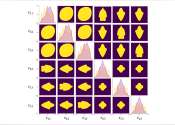Scalable graphene technology could significantly enhance battery safety and performance
Researchers at Swansea University, in collaboration with Wuhan University of Technology, Shenzhen University, have developed a pioneering technique for producing large-scale graphene current collectors.
Aug 29, 2024
0
64









